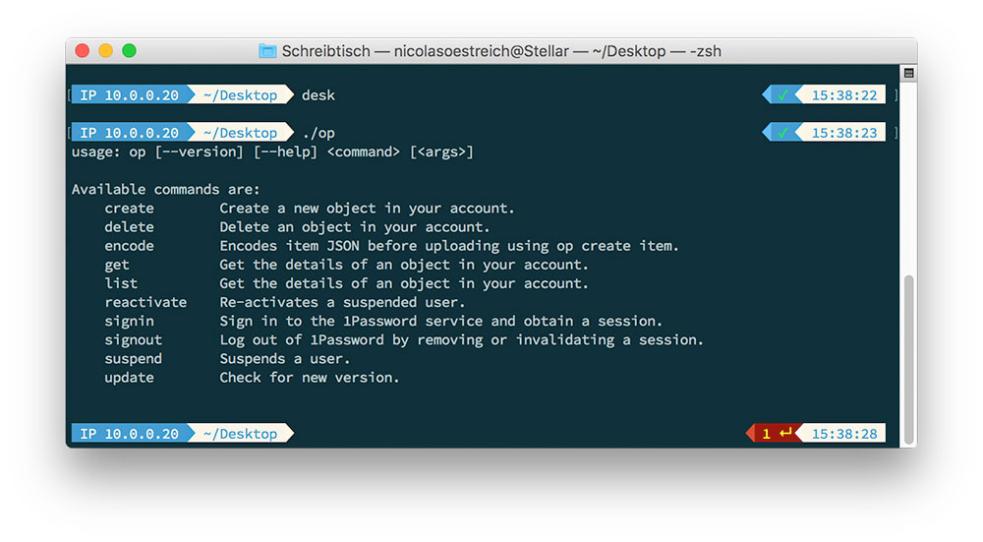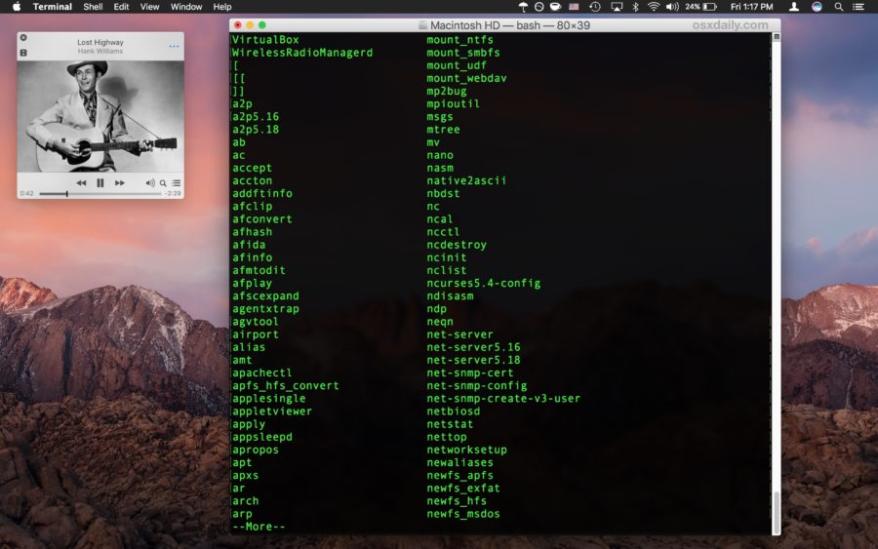Exploring Command Line History: Uncovering the Past
In the realm of computing, the command line holds a significant place, representing a direct and powerful interface between the user and the operating system. Understanding the history of command line interfaces (CLIs) is essential to appreciate their evolution, impact, and continued relevance in modern computing.

Historical Roots Of Command Line History
The origins of CLIs can be traced back to the early days of computing, when punched cards and teletypes were the primary means of interacting with computers. These interfaces were text-based, requiring users to type commands directly into the console. Key figures like Douglas Engelbart, J.C.R. Licklider, and Alan Kay played pivotal roles in shaping the development of CLIs.
Evolution Of Command Line Shells
Over time, command line shells evolved from simple interpreters to sophisticated environments, providing users with a range of features and functionalities. Notable shells like the Bourne Shell, C Shell, and Korn Shell made significant contributions to the development of CLIs. However, the advent of graphical user interfaces (GUIs) in the 1980s led to a decline in the popularity of CLIs for general-purpose computing.
Command Line History In Different Operating Systems
The command line history of major operating systems like Unix, MS-DOS, and Windows reveals unique features and commands associated with each platform. Unix-based systems, known for their open-source nature, fostered a rich ecosystem of command line tools and applications. MS-DOS, the dominant operating system for personal computers in the 1980s and 1990s, introduced commands tailored to file management and disk operations. Windows, while initially lacking a robust command line interface, later incorporated features like the Command Prompt and PowerShell to cater to advanced users.
Notable Command Line Tools And Applications

The command line has been the birthplace of numerous influential tools and applications that have shaped computing history. Examples include text editors like vi and emacs, file management utilities like ls and cp, programming languages like C and Python, and networking tools like ping and traceroute. These tools have had a profound impact on productivity, innovation, and the development of modern software.
Command Line History And Modern Computing
In recent years, there has been a resurgence of interest in command line interfaces, driven by their power, flexibility, and automation capabilities. CLIs are particularly valuable in system administration, scripting, and cloud computing environments. DevOps practices, which emphasize collaboration and automation in software development, rely heavily on command line tools for efficient deployment and management of applications.
The command line has come a long way since its origins in early operating systems. Despite the rise of GUIs, CLIs continue to play a vital role in modern computing, offering a direct and efficient way to interact with systems and applications. Understanding the history of command line interfaces provides valuable insights into the evolution of computing and its enduring legacy in the digital age.
YesNo

Leave a Reply